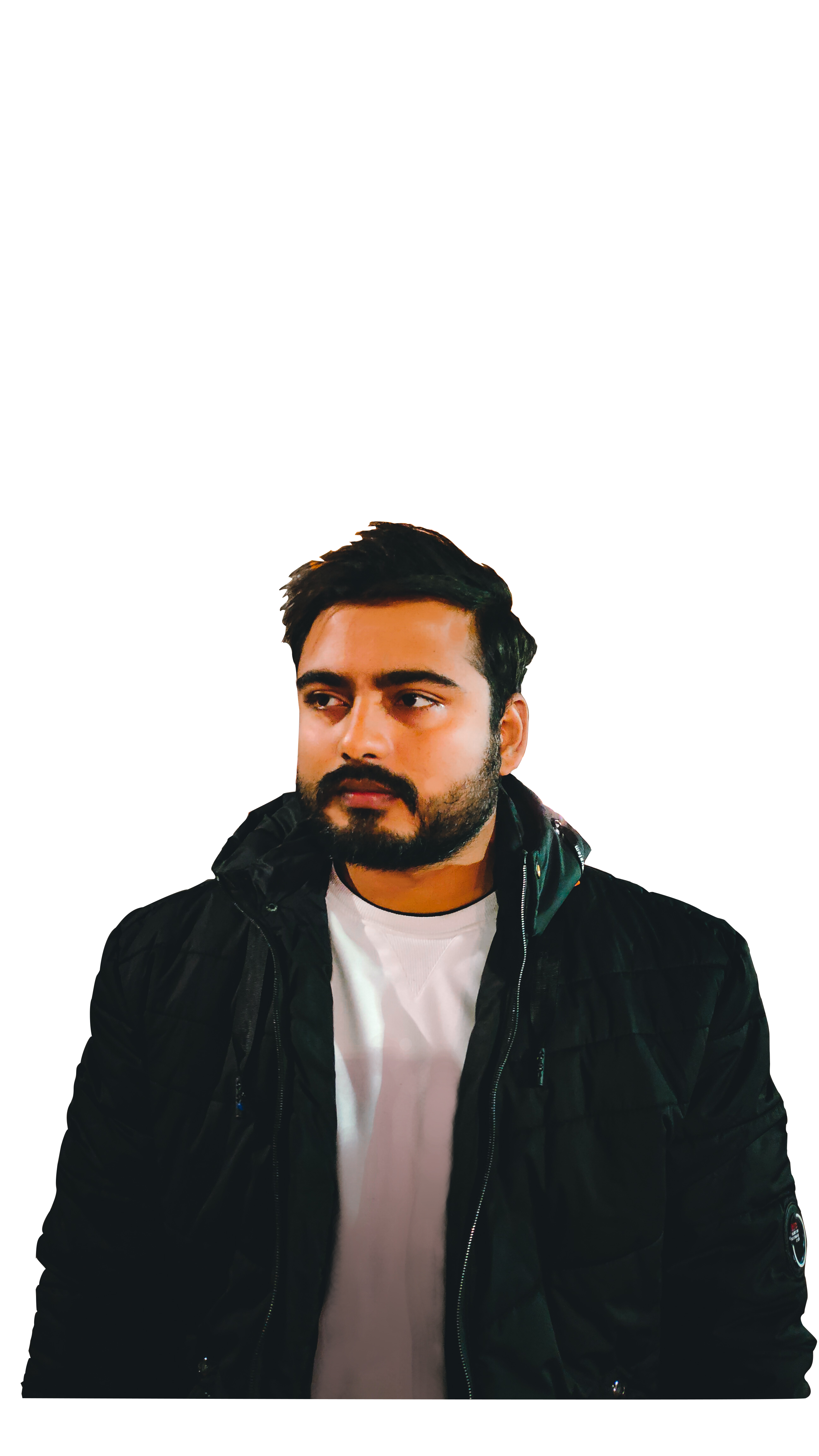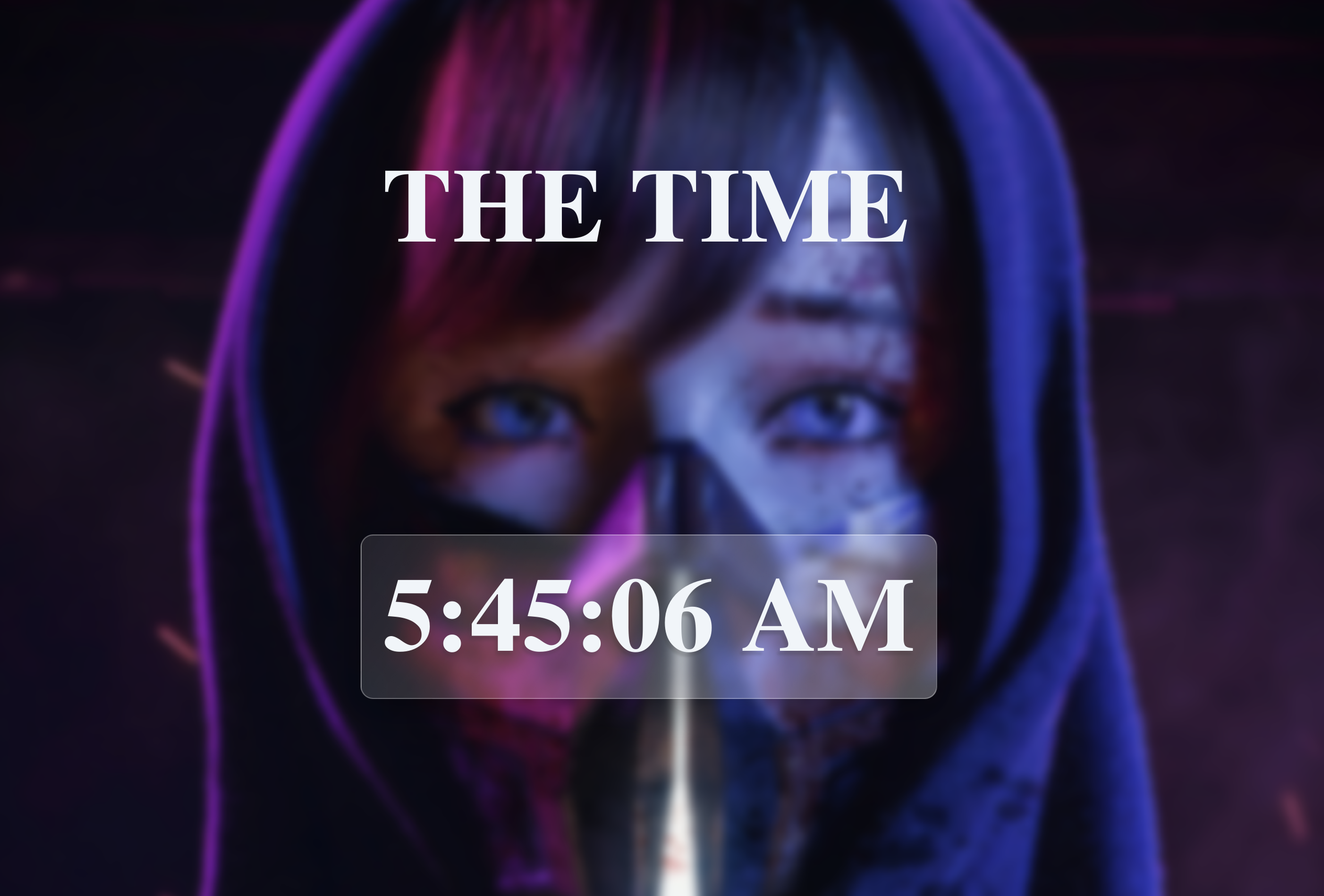Building a Sleek Time Project with Glassmorphism Design.
 Abdul Shamad
Abdul Shamad
Introduction:
In the realm of web development, creativity often intertwines with functionality to produce captivating projects. Recently, I embarked on a journey to combine sleek design aesthetics with practical utility by creating a time project. This project not only displays the current time but does so with a stylish glassmorphism design. Today, I'm excited to share the process of crafting this project and how it found its home on GitHub Pages.
Design Concept:
The inspiration behind this project stemmed from the rising trend of glassmorphism—a design technique that incorporates translucent elements, giving interfaces a modern and sleek appearance. I envisioned a minimalist clock that blends seamlessly with any background, offering a subtle touch of elegance to the user interface.
Implementation:
To materialize this concept, I utilized HTML, CSS, and JavaScript—foundational languages in web development. HTML provided the structure for the project, CSS enhanced its visual appeal, and JavaScript facilitated the dynamic display of time.
Key Features:
lassmorphism Design: The project features a glass-like appearance, achieved through CSS properties such as blur and transparency, resulting in a visually appealing interface.
Real-time Updates: Leveraging JavaScript's Date object, the project continuously updates to reflect the current time accurately. This ensures that users always have access to the latest information.
Responsive Layout: The design adapts seamlessly to various screen sizes, ensuring optimal user experience across devices, be it desktops, tablets, or smartphones.
Accessibility: Accessibility considerations were integrated into the design, ensuring that users with disabilities can interact with the project effortlessly.
Deployment on GitHub Pages: After completing the development phase, I sought a platform to showcase my creation. GitHub Pages emerged as the ideal choice due to its simplicity and integration with GitHub repositories. The process of deploying the project was straightforward:
Repository Setup: I created a new repository on GitHub, naming it appropriately to reflect the project's purpose.
Project Upload: I uploaded the project files, including HTML, CSS, and JavaScript, to the repository.
Enabling GitHub Pages: With just a few clicks in the repository settings, I enabled GitHub Pages, specifying the branch and directory containing the project files.
Domain Configuration (Optional): For those seeking a personalized touch, custom domain configuration is available, allowing users to map their GitHub Pages site to a custom domain name.
Conclusion:
In the realm of web development, blending aesthetics with functionality often yields remarkable results. Through the creation of a time project featuring a glassmorphism design, I've showcased how simplicity and elegance can converge to create a captivating user experience. By leveraging GitHub Pages for deployment, the project is now accessible to a global audience, inviting users to explore its sleek design and real-time functionality. Whether it's for personal enjoyment or as a portfolio piece, this project stands as a testament to the creative possibilities within web development.
Live: - Check The Time
Subscribe to my newsletter
Read articles from Abdul Shamad directly inside your inbox. Subscribe to the newsletter, and don't miss out.
Written by

Abdul Shamad
Abdul Shamad
Hello! I'm Abdul Shamad, a passionate and innovative web developer with a mission to bring digital ideas to life.💻 🚀 As a lifelong learner in the ever-evolving world of web development, I thrive on staying at the forefront of emerging technologies and trends. My journey began with a fascination for coding and has evolved into a full fledged career dedicated to crafting exceptional online experiences. 🌐 My expertise spans across a wide spectrum of web technologies, including: • Front-end development: Transforming designs into responsive, user-friendly interfaces using HTML5, CSS3, Javascript, and modern frameworks like React. • Back-end development: Building robust, scalable server-side applications with languages like Node.js • Database management: Crafting efficient data solutions with database like MongoDB.